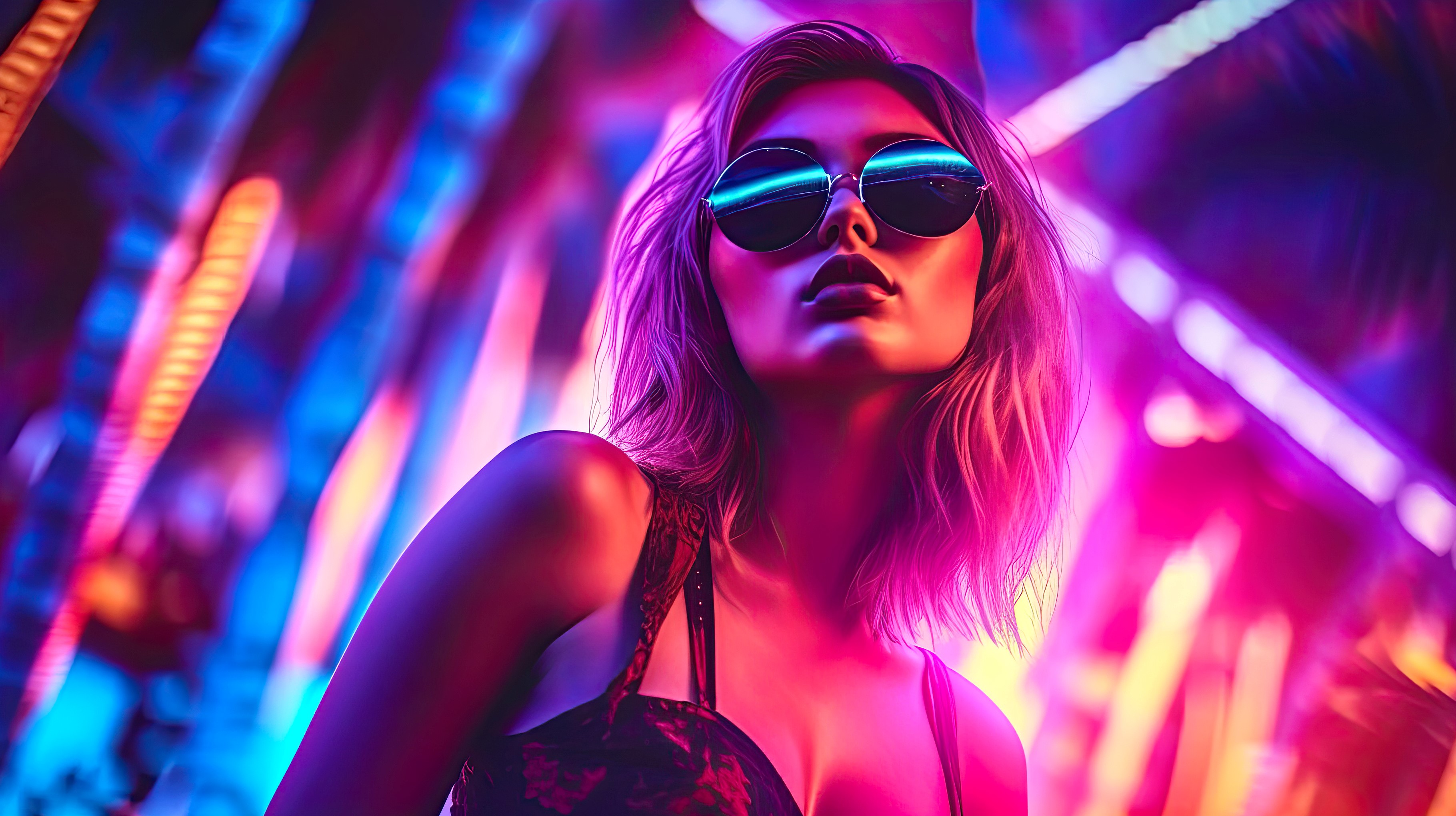The Rise of AI-Generated Art: What It Means for Artists and Gamers Alike
Artificial intelligence has stepped into the creative spotlight in recent years, making waves across the art and gaming industries. With a few clicks, anyone can produce stunning visuals, and while that sounds exciting, it also stirs up some mixed feelings.
For many, AI-generated art feels like a double-edged sword. On one side, it offers endless possibilities, allowing creators to explore new territories without time or technical skill constraints. On the other, it raises questions about authenticity, ownership, and the future of human-driven creativity.
Gamers, too, are witnessing this change. AI-generated environments and characters promise more immersive experiences, but what happens when the line between human creativity and machine-driven output blurs?
And what does this mean for the future of artists, gamers, and creators? Dive in and explore how AI is shaking things up in both worlds.
Understanding AI-Generated Art
AI-generated art is created using an AI algorithm that learns patterns from vast amounts of data, allowing them to produce new visuals. AI tools can mimic classic artistic styles or develop entirely new ones, making them useful for projects ranging from digital art to game design. Instead of manually designing each piece, creators use platforms like Foxy, an AI platform for creators, to generate unique images or designs quickly and easily.
Game developers could generate multiple background designs in minutes, saving time and effort. However, while AI speeds up the creative process, it still requires a human touch to refine the results and ensure they align with the creator’s vision. AI-generated art enhances, rather than replaces, the creative process, offering artists and developers a new, efficient tool to explore their ideas.
AI in Gaming
Artificial Intelligence is changing the way games are made and experienced. From more immersive environments to speeding up the development process, AI is shaping the future of gaming in ways that both creators and players are noticing.
Enhanced Immersion
AI-generated content allows for more dynamic and responsive game worlds. Instead of pre-designed, static environments, AI can create landscapes, characters, and interactions that adapt to a player’s actions in real time. This makes the experience richer and more personalized.
Faster Game Development
AI is a massive time-saver for developers, allowing teams to focus on critical aspects like gameplay mechanics and storytelling. These tools are especially valuable for indie developers with smaller teams or limited budgets. AI frees up time and resources by taking on repetitive tasks, enabling even small teams to create visually stunning games. So, whether crafting gameplay or giving creators more time to unwind at the end of a busy day, AI helps make game development more efficient.
Creative Participation
AI also empowers players to become creators themselves. Tools that allow gamers to generate their own content, such as custom characters or levels, are becoming more accessible. This gives users a direct hand in shaping the games they love. If you want to create your AI twin like the beautiful Abigail, check examples of Abigail Ratchford AI Art to see how AI tools can help bring stunning digital representations to life.
AI is making gaming more immersive, efficient, and interactive while giving both developers and players new ways to engage with the creative process.
AI in the Art World
Generative AI is transforming the art world by offering exciting new opportunities, but it also introduces challenges that artists must navigate.
New Creative Possibilities
AI expands what’s possible for artists, allowing them to explore new art styles and techniques. Many use AI to quickly generate and refine designs with a personal touch. It acts as a creative partner, helping artists push beyond technical limits.
Accessibility and Democratization
AI-powered tools make art creation accessible to anyone, regardless of skill level. Platforms allow people to create impressive visuals without formal training, opening doors for diverse voices in art. This shift lowers the barrier to entry, giving more people the chance to express themselves creatively.
Challenges to Traditional Art
Some artists worry AI might overshadow traditional art forms. With AI-generated pieces flooding the market, it could become harder for handmade works to stand out. There’s also concern that AI may devalue the time and skill of creating art the old-fashioned way.
Legal and Ethical Issues
AI raises important legal and ethical questions, especially around ownership and copyright. Who owns AI-generated art—the user, the developer, or the machine? Additionally, artists are concerned about AI replicating their work without consent, raising issues around intellectual property rights.
AI is reshaping art, but its impact on the creative world will depend on how we balance innovation with respect for traditional practices.
Final Thoughts
As AI continues to evolve, it’s clear that its role in creativity is just beginning. Artists and developers who embrace these tools have the chance to unlock new potential and redefine what’s possible in their fields. The key is staying curious, open to innovation, and mindful of the changes ahead. How we use AI today will shape the future of creativity—what will you create with it?




